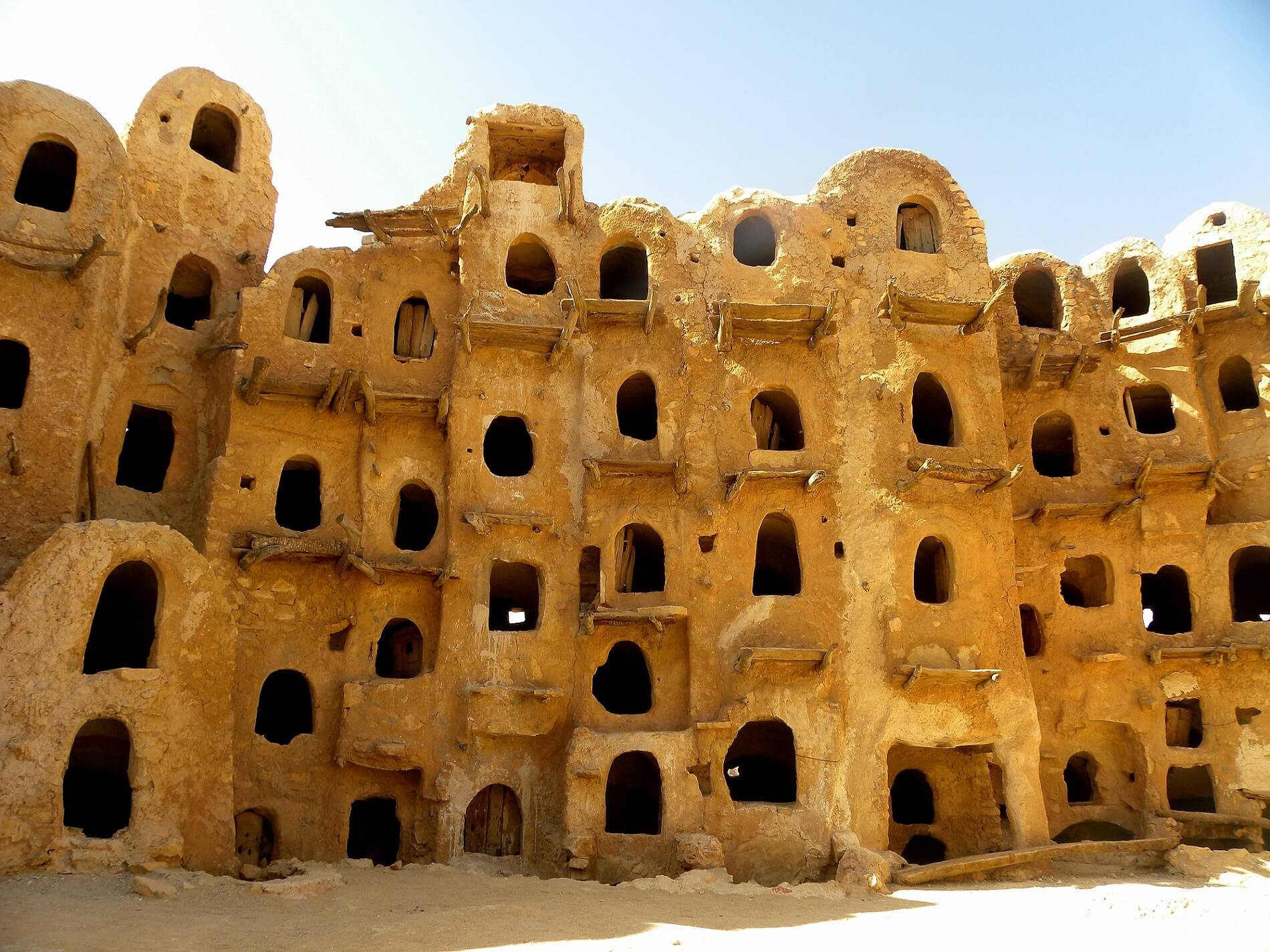On 15 March, international media outlets reported that the UN’s much delayed National Conference will occur prior to the Arab League Summit at the end of March, likely on 31 March, and if not, then at least no later than the start of Ramadan on 5 May. Reports suggest that the south-western town of Ghadames will be the likely venue of the conference. The UN has not publicly confirmed any information about the date, location or format of the conference. Throughout last week, UN staff and international diplomatic missions engaged in fast-paced shuttle diplomacy between various Libyan political and security actors in preparation for the meeting. On 13 March, several ambassadors met with Government of National Accord (GNA) Prime Minister Fayez al-Sarraj and members of the High Council of State (HCS), on 16 March, Deputy UN Envoy Stephanie Williams made a landmark visit to the electoral district of Aziziyya, south-west of Tripoli and on 18 March, French Foreign Minister Jean-Yves Le Drian visited Tripoli and praised the “significant progress” made by Haftar in southern Libya,While the actual details of the political arrangement being discussed remain unverified, the flurry of UN and international activity last week suggests that some of political breakthrough has been achieved between Haftar and Sarraj and that some sort of high-level political restructuring is possible in the coming weeks. However, the lack of clarity and information about what this breakthrough might be or what power-sharing deals or security arrangements might have been agreed is driving tensions and fears among Tripoli militias, as well as other groups in western Libya. This could be the verge of a golden moment where international and national pressure align to force Tripoli’s militias and Haftar to compromise to form a new government and power structure. However, if mismanaged, it could lead to an escalation of hostilities and conflict across western Libya, especially if militias in the region perceive the only way to hold onto power is by force.

